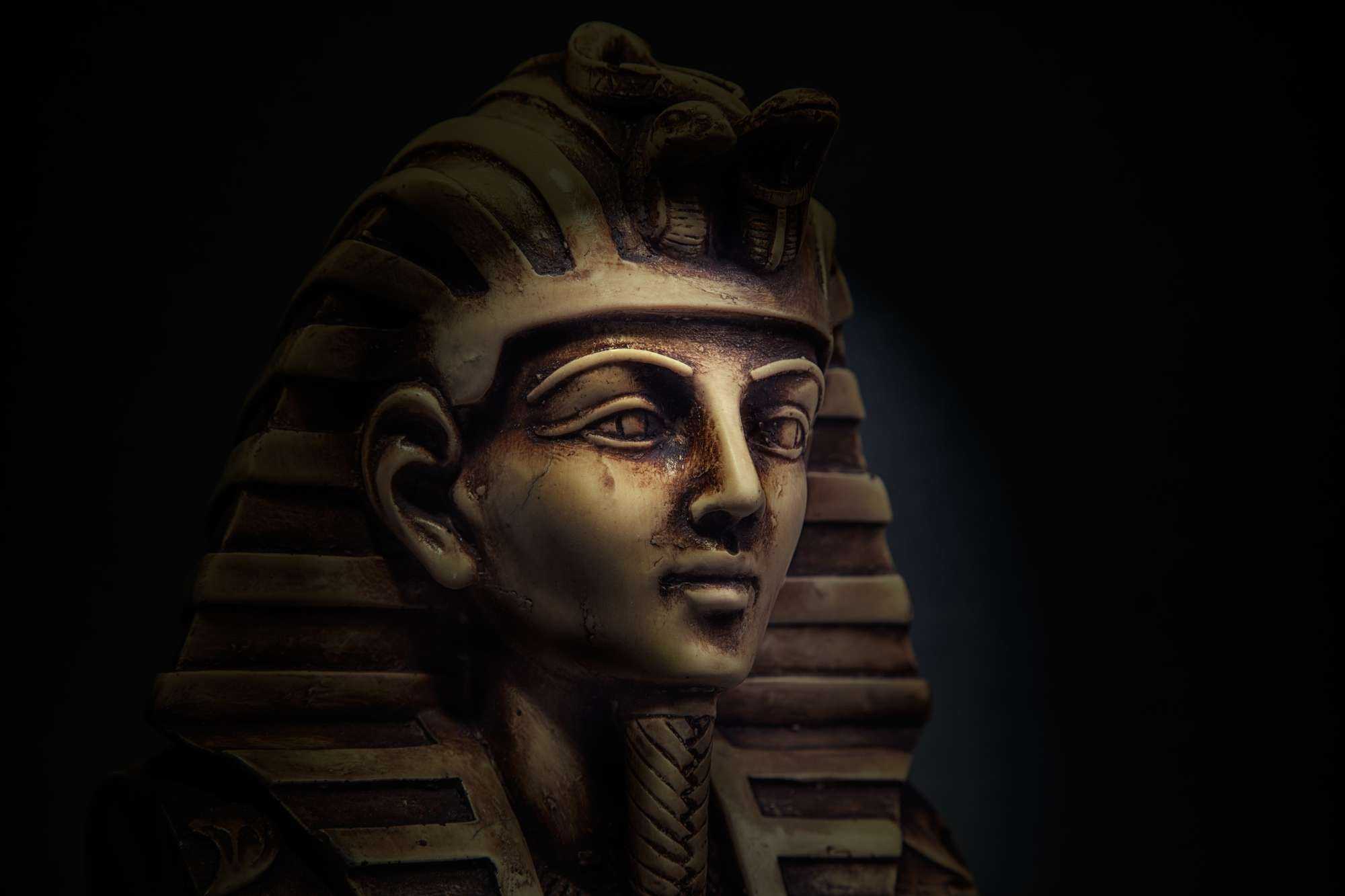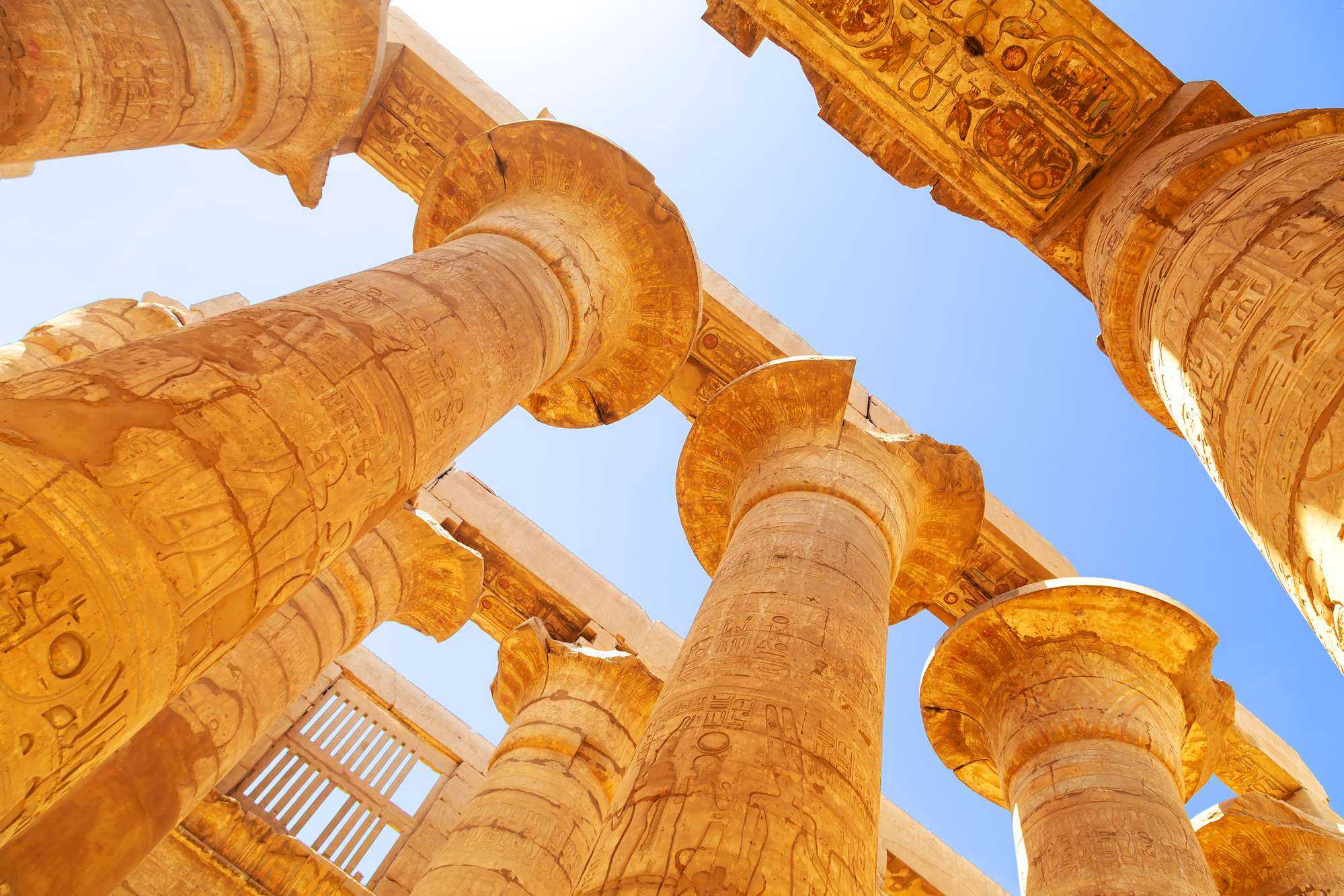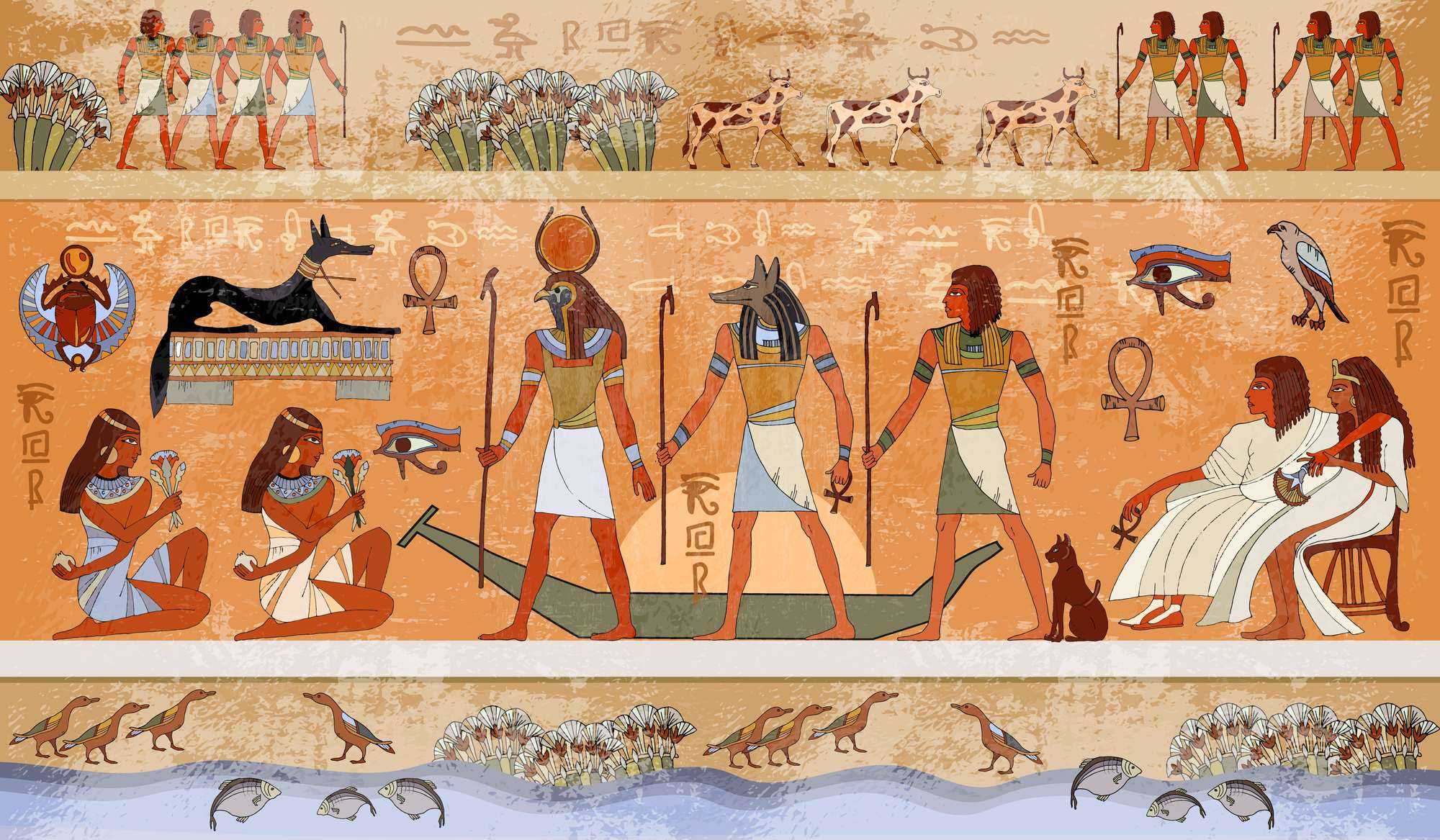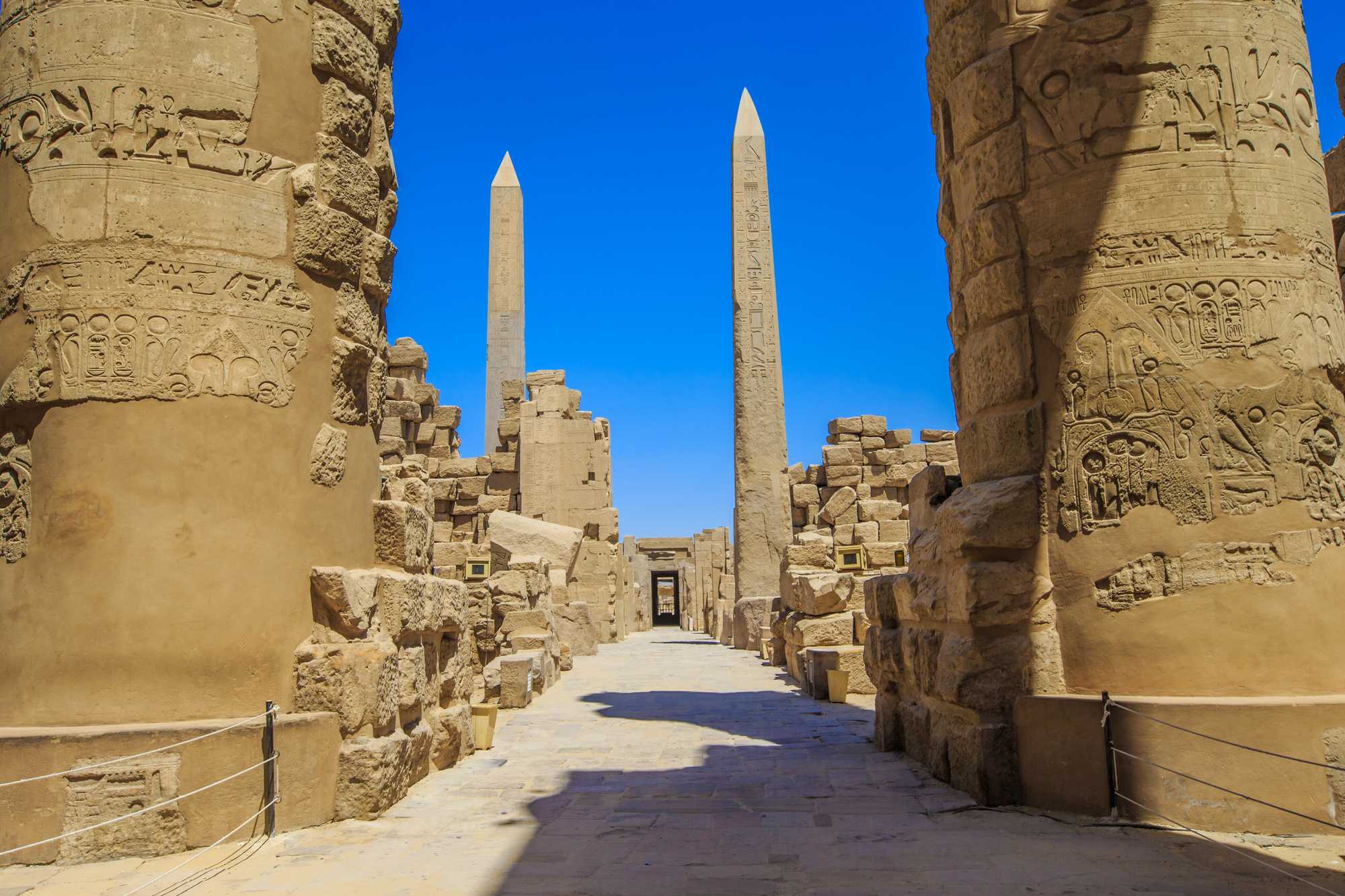BY DAVE RANKIN
During an exploration into ancient Kemet, the French explorer Jean-Francois Champollion waltzed into Hatshepsut’s mortuary temple located at Deir el-Bahri and made a tremendous discovery.
It was a mystery that baffled him at that time. Champollion had noticed that there were two carvings of kings on the wall. The first he recognized right away. This was the Pharaoh Tuthmosis 3rd, a name we will review later on in this series. However, it was the carving that was in front of Tuhtmosis that stood out. Champollion noted in his journal that this first king, had verbs and nouns attributed to him in the feminine context. Years later, it was finally recognized that this pharaoh, who was dressed with the false beard and royal kilt, was no other than Hatshepsut herself.
Approximately sevens years into her reign as co-regent, Hatshepsut did the unthinkable. She crowned herself as Pharaoh and sole ruler of Kemet.
Just to add some context to this, Iset her stepson, later crowned as Tuthmosis 3rd, was a teenager at this time and as with all young co-regents, his eyes were set on the throne. However, with Hatshepsut crowning herself as Pharaoh his time would have to wait.
Upon doing some research, there seems to not have been a power struggle at this point for the throne for a couple of reasons. We had pointed out in our last entry that Iset was whisked away to serve time with the military. A position he grew fond of. This would serve as a secondary reason. The primary reason would lie with the people of Kemet. They grew to love Hatshepsut so much that they did not oppose to her crowning herself as Pharaoh.
A court official once wrote that “The divine consort Hatshepsut settles the affairs of the two lands by her plans. Kemet was made to labor with bowed head for her, the excellent seed of the God.” There she stood as Pharaoh of the land she loved so much with her pharaonic name ‘Maat-Ka-Re (Maat is the Ka of Ra) Khnemet-Amun-Hatshepsut (She who embraces Amun, the foremost of women).
With such a brazen move, what would she do next to excite the people of Kemet?
Only a year into her pharaonic reign, Pharaoh Hatshepsut commissioned an important journey into the land of Punt also called Ta Neter or God’s Land. While no official destination has been attributed to Punt, there are reports that Punt could be anywhere between Somalia, Sudan and or Ethiopia depending on the historian. Punt had been a trading partner of Kemet eons ago, and to revive this was a huge feat.
According to reliefs on her mortuary temple at Deir el-Bahri, Chancellor Nehsi headed the exploration with five shiploads filled with luxurious items to be exchanged. The convoy travelled 900km south along the Nile. Then trekked their way to the Red Sea, where they sailed further south until their destination. Upon arrival on the shores of Punt, Chancellor Nehsi and his crew were greeted by the Queen of Punt. The queen and her court were happy to engage in trade with their Kemetian guests.
It is reported that the queen had loads of incense, frankincense, and myrrh trees loaded on the Kemetian ships in return for the jewelry, tools and weapons they received.
This had capped a monumental feat and once again solidified Pharaoh Hatshepsut as the ruler Kemet had grown to love. Especially since the god Amun himself had declared an oracle that “The highways to the Myrrh-terraces should be penetrated.” With Pharaoh Hatshepsut at the helm to “Lead an army on water and on land’ to complete his will, the god Amun grew satisfied with “His sweet daughter… who purifies the seat of the great ennead of gods for my dwelling as a memorial of her love.”


 Community News1 week ago
Community News1 week ago
 Community News1 week ago
Community News1 week ago
 Community News1 week ago
Community News1 week ago
 Community News1 week ago
Community News1 week ago
 Community News1 week ago
Community News1 week ago
 Community News1 week ago
Community News1 week ago
 Community News2 weeks ago
Community News2 weeks ago
 Community News1 week ago
Community News1 week ago
























